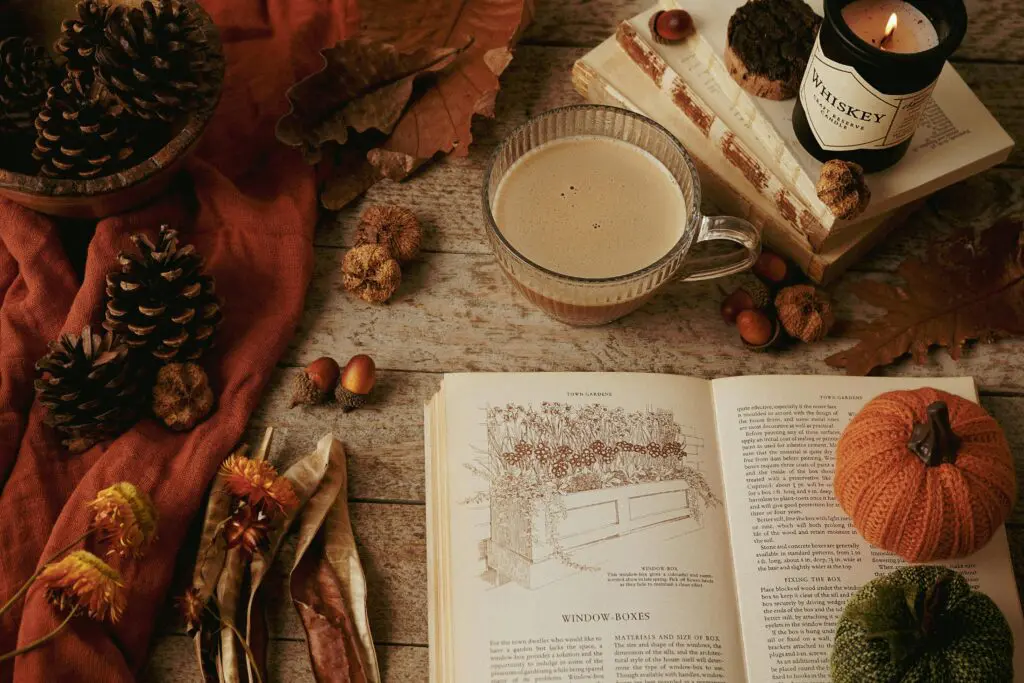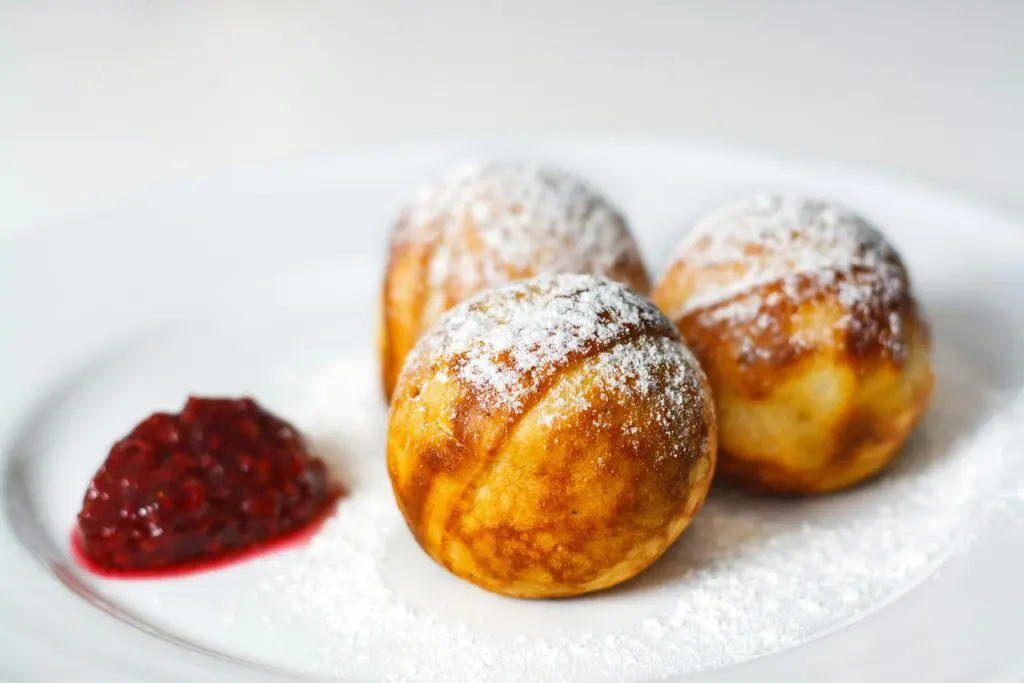The hygge lifestyle has gained worldwide attention, but its essence isn’t just about candles or warm blankets. Originating from Denmark, it focuses on bringing peace, comfort, and closeness into daily life. Rather than interior design, it’s rooted in cultivating an atmosphere – one of warmth, simplicity, while staying mindful; especially during quiet indoor times or when enjoying unpretentious moments with loved ones.
Hygge Definition: What Hygge Really Means
The Danish idea of hygge grabbed interest worldwide, still hygge definition is more than just cozy pictures or Instagram shots with candles. People say hygge means ‘coziness,’ however that version misses most of what it really is. Real hygge lifestyle focuses on building a mood – calmness, ease, closeness, being right here.
What really matters isn’t the place, but how it makes you feel. Picture sunlight hitting your skin through glass when it’s chilly outside, or getting cozy under a fluffy throw with that novel you’ve ignored for weeks. That’s real hygge – nothing staged. You can’t rush it; push too much, and it slips away. It shows up when you’re at peace, unwound, just being.

Hygge Pronunciation: How to Pronunce Hygge
If you’re not sure how hygge pronunciation is, most people feel the same way. Hygge – is pronounced like “hyoo-guh” – comes from Denmark, meaning cozy peace, often felt inside when weather turns cold. Once it spread across the U.S. and beyond, people linked it with soft throws, lit candles, or old-school room designs. Sure, those things help build a hyggeligt vibe; still, they don’t capture what it’s really about.
On cozy nights, people from Denmark talk about hygge lifestyle like this – hanging out with close people, wrapped up snug, sipping spiced drinks while eating hearty meals in gentle glow. It’s shared warmth that also feels private, calm but deeply satisfying.
Hygge as a Cultural Practice
Hygge lifestyle has been part of Denmark’s way of life for a long time. Not some passing trend – more like a state of mind where you take things slow, care about connections, while enjoying little everyday joys. It is not only a one way feeling, it changes depending on context, the crowd, even the room.
Hygge doesn’t depend on money. Even if your wallet’s tight, you can still enjoy it just as much. Some people find it during a fun game at the neighborhood handball court. Others feel it watching a play in Copenhagen – or sharing soup at home. No matter where or how, hygge cozy times usually have one thing in common. They happen when you’re somewhere safe, eating something warm, sipping what you like – and with people who don’t make you tense up.
Enjoy the Danish Concept of Hygge at Home: A Weekly Guide
You don’t have to go all the way to Denmark to feel that warm, snug vibe. Check out this straightforward seven-day routine that aligns with hygge definition – easy to follow, comfy by design – to make your place cozier without hassle or fluff.
- Monday → Candlelit Dinner
Cook a cozy meal, play soft tunes instead, then enjoy it with candle glow. Take your time – really taste hygge lifestyle and see what’s happening.
- Tuesday → Screen-Free Evening
Stash your gadgets. Try a puzzle game, write some thoughts, or get cozy reading something fun.
- Wednesday → Add Indoor Greenery
Pick up some fresh blooms or a tiny green plant. Because nature adds peace, plus it makes your place feel brighter.
- Thursday → Get Creative
Bake some cookies or knit a scarf, maybe jot down a poem – or just doodle whatever comes to mind and enjoy cozy hygge vibes.
- Friday → Cosy Movie Night
Grab a movie night with people you like. Toss in some cozy blankets, comfy socks – maybe pour a mug of hot cocoa for creating hygge evening.
- Saturday → Slow Morning
Sleep in while munching toast, spark a candle flame, then dive into reading – or maybe sketch something cool instead.
- Sunday → Enjoy Nature
Go for a stroll. Check out a footpath – or wander around where you live like it’s new. Being outside fits perfectly with cozy moments.
Leverage Your Hygge Lifestyle with Æbleskiver
Hygge’s just like æbleskiver – something truly Danish. These fluffy treats go way back, over two centuries. People link them strongly to Christmas time. Their name means “apple pieces,” since old-school ones used bits of apple. Those chunks got coated in mix, then sizzled in butter.
As years passed, the dish changed slowly, becoming soft, ball-shaped pancakes popular in Denmark now. Usually, they come topped with sugar dust plus a side of fruit spread – perfect for cozy hygge get-togethers when it’s cold outside.

Why Hygge Matters Today
In today’s rush, hygge lifestyle gives a rare chance – to just pause. It shows that coziness isn’t about spending much, fussing over details, or getting things flawless. Real hygge lives in the mood you build, along with how it makes you feel – soft, steady joy turning regular times into special ones.
Lighting candles, sipping something warm – hygge’s about being right here, noticing small joys. Hang out with people who matter, let calm soak in. A quiet stroll? That counts too. It’s not big moments – it’s how you touch life softly, day by day.
Would you like to move to Denmark to experience Hygge? Get in touch with Career Denmark about job search strategies in Denmark.




